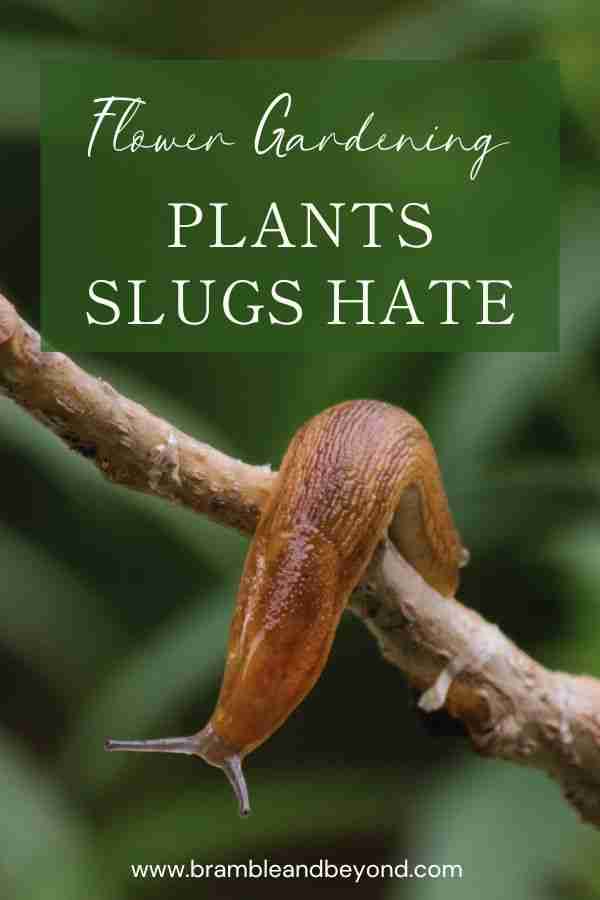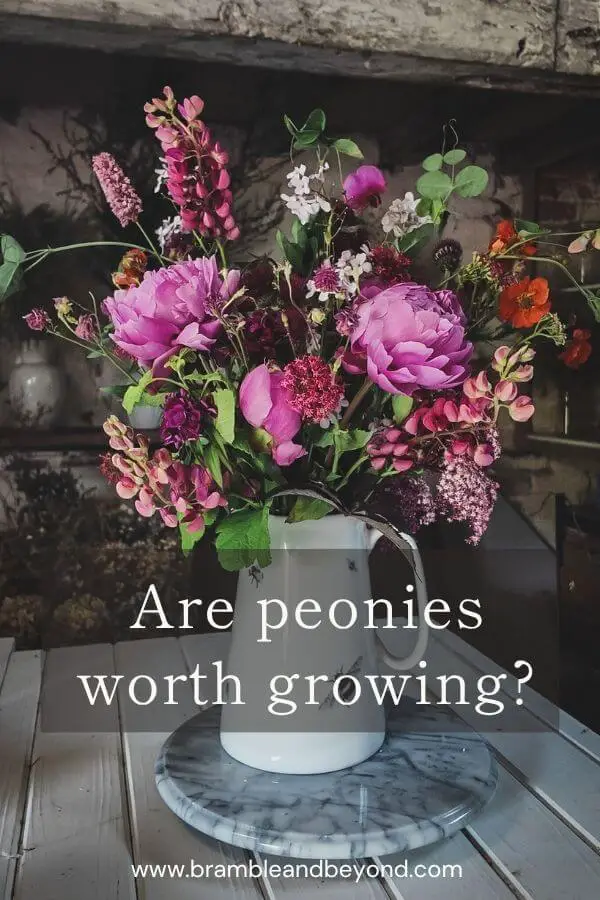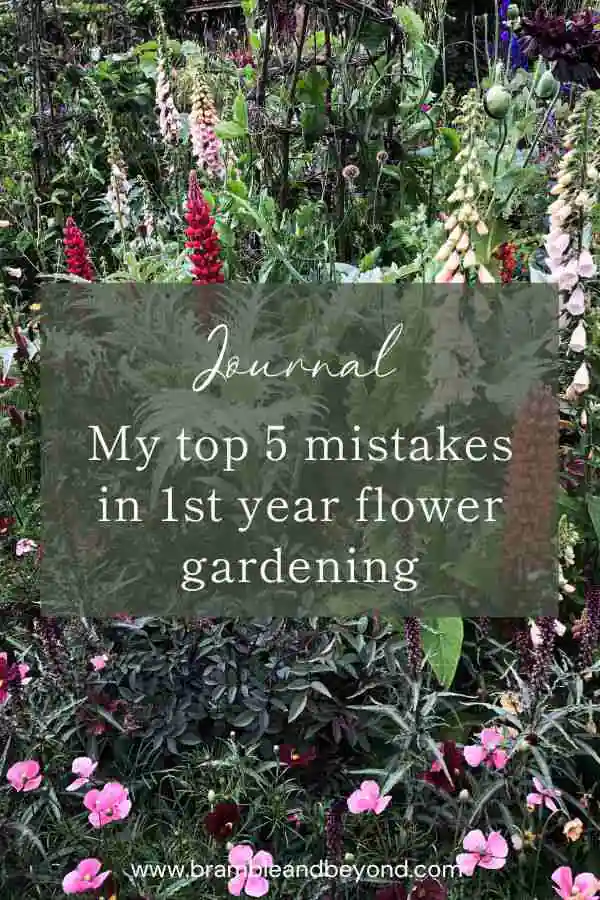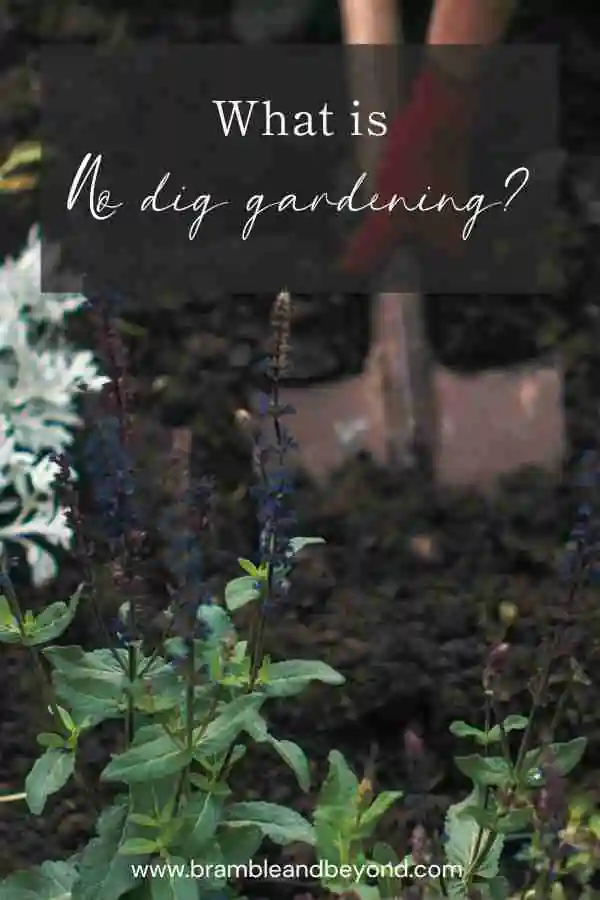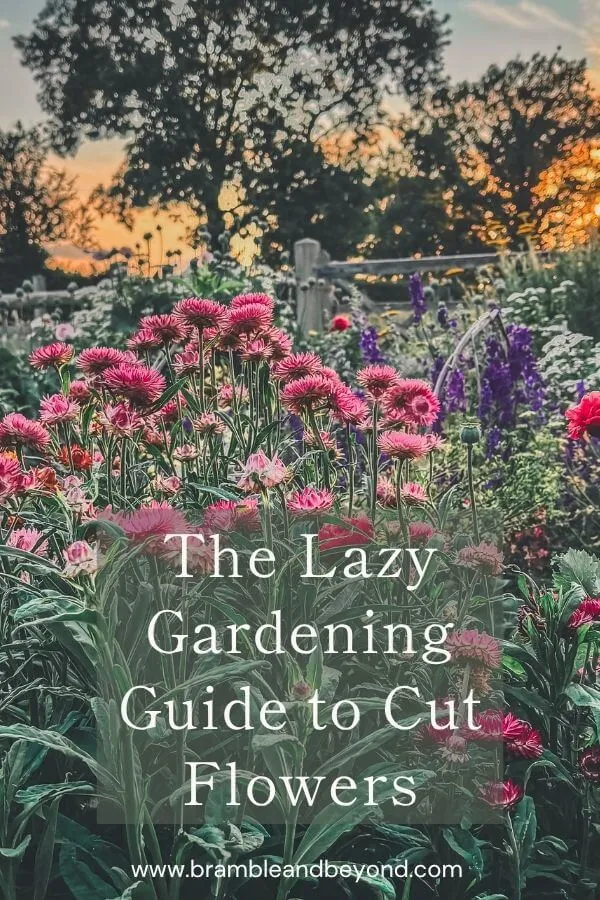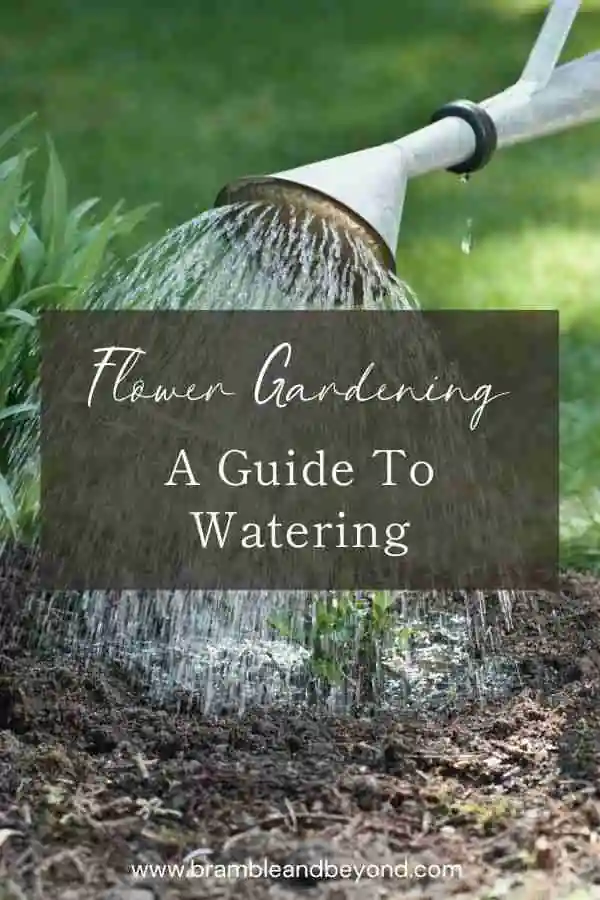Disclosure: This post may contain affiliate links, meaning I get commission if you decide to make a purchase through my links, at no cost to you. Please read my Affiliate Disclosure for more information.
If you’re anything like me, you’ve probably had your fair share of battles with slugs and snails. These little critters can wreak havoc on our precious plants and you may be starting to wonder what plants slugs hate.
In general, to avoid your flowers being lost to slugs and snails, focus on cultivating plants that slugs hate, that means plants with either rough, hairy, fragrant, or tough leaves and stems.
In this post, we’ll dive into the world of slug-tolerant flowers and discover the best plants slugs hate. We’ll cover everything from annuals and perennials to sacrificial plants that can help protect your garden. So, grab a cup of tea, sit back, and let’s get into it!
Understanding slug behaviour
Slugs and snails are notorious for their love of moist and dark environments. They thrive in gardens with plenty of debris, which provides them with the perfect hiding spots. The first step in controlling their population is to keep your garden tidy, clean, and free of hiding spots. This makes it less appealing for these pests to hang around. I cover more ideas on how to control and deter slugs in this post.
Now, let’s talk about their favourite snacks. Slugs are particularly fond of tender, young plants with soft leaves. However, they tend to avoid plants with felty, hairy, rough, or tough leaves and stems. There does seem to also be a reluctance to eat plants with red leaves, but I have yet to determine whether this is a definite deterrent or not. By choosing plants slugs hate, you can significantly reduce the damage they cause to your garden.
Sacrificial planting
Planting sacrificial plants can also be a great way to protect your more preferred plants. These sacrificial plants are plants that slugs absolutely love, and by planting them, you can steer the pests away from your prized flowers. Some good sacrificial plants I have tried include:
- Calendula
- Salad leaves
From my experience, calendula is preferred over snapdragon (which makes me think snapdragon is disliked by slugs), but slugs definitely prefer dahlias to calendula. The aim is to find the sacrificial plant that the slugs prefer more than the plant you want to save, this can vary from plant to plant.
It’s a bit of trial and error, but as long as the sacrificial plant is easy to grow, it’s no extra effort and much simpler than trying to trap the slugs.
Some might say that using sacrificial plants is just feeding the beast and making your problem worse, but I believe that if it gives my precious plants time to grow out of their most vulnerable stage, then it’s a win-win.
Sidenote: I have yet to find any sacrificial plant that a slug prefers over dahlias and larkspur, but the quest continues.
Plant a protective barrier

You could also try creating a kind of hedge of plants around your garden that slugs dislike and hope that they will be put off from going any further. Strongly scented plants such as chives, mint, garlic and fennel may just be enough to deter any rampant slugs.
At this point, I am not sure whether individual blocks of plants are sufficient as a deterrent. I have a really good supply of mint and marjoram near my hostas, and the hostas don’t seem to be too badly impacted with slug damage. Although, my cutting patch also has a big pot of mint and that doesn’t seem to have stopped the onslaught of slug damage there. Another garden bed has fennel and chives close by and the few dahlias I planted there were also demolished. Take of that what you will.
I guess what I am trying to say is that there is no totally foolproof method. Trying multiple methods and seeing what works in your garden is the only sure fire solution.
Plants attractive to slugs
I’ve discovered, while building my flower garden, that softer, more delicate perennials and most annuals are very prone to slug attacks. These cut flower garden staples are particularly attractive to slugs, so it’s best to avoid them if you don’t want to deal with slug control:
- Dahlia
- Larkspur (delphinium)
- Zinnia
- Phlox (annual variety, the perennial seems quite slug tolerant)
- Celosia
- Ammi majus & Ammi visnaga
- Orlaya
- Lupins
- Cornflowers
While this list isn’t exhaustive, as these are just the casualties I’ve seen firsthand, if you want to include any of these in your cut garden, be prepared for the enemy and provide all necessary protection, or expect a few losses.

Plants slugs hate
If you want to avoid the hassle of slug damage and the associated control and protection methods, then the only sure way of avoiding it is to embrace growing plants that slugs hate.
In my experience, shrubs and generally more woody plants, such as roses and hydrangeas, are just too tough for slugs to bother with. This means you can still have gorgeous flowers in your garden even if you are overrun with slugs and snails.
Best slug tolerant perennials
Perennials are a fantastic investment for your garden as they come back year after year. In addition to woody or shrub plants, here are some of the best slug-tolerant perennials:
- Lamb’s Ears (Stachys byzantina): With their soft, fuzzy leaves, lamb’s ears are a top choice for deterring slugs.
- Lavender: Not only does lavender smell amazing, but its fragrant leaves are also unappealing to slugs.
- Euphorbia: These plants have a milky sap that slugs avoid.
- Foxgloves: Tall and stately, foxgloves are another excellent choice for keeping slugs at bay.
- Fennel: This aromatic herb is a great addition to any garden and is not attractive to slugs.
- Peony: With their tough leaves, peonies are less likely to be damaged by slugs.
- Ferns: These lush, green plants are a great option for shady areas and are slug-resistant.
- Penstemons: These perennials have a rough texture that slugs dislike.
- Sedum: With their succulent leaves, sedums are a great choice for a slug-resistant garden.
- Aquilegia: Also known as columbine, aquilegia has delicate, fern-like foliage that slugs tend to avoid.
- Agastache: With their fragrant leaves and vibrant flowers, agastache is another excellent choice for deterring slugs.
- Achillea: My achillea is in its 3rd year and successfully managed to shrug off any slug attack this year. However, I sowed some yarrow (same species just different variety) and this was throughly munched. Maybe it was because it was young, however it recovered and is growing strongly now.
The above are just a few examples. I’m sure you’ll discover many more as you explore the wonderful qualities of plants that naturally deter slugs.
Best slug tolerant annuals
Annuals are generally the life blood of a cutting garden, they are also the plant that requires the most amount of effort, so it is devastating when you see all your effort eaten overnight.
To avoid being disappointed, here are some slug-tolerant annuals that you can plant with confidence that they will still be there in the morning:
- Strawflower: Their papery texture makes them less appealing to slugs.
- Limonium: Also known as statice or sea lavender, limonium has tough leaves that slugs tend to avoid.
- Snapdragon: Also known as antirrhinums, with their unique flower spikes, snapdragons are a favourite with flower gardeners and in my experience are a no-go for slugs.
- Scabious: These charming flowers have a rough and slightly hairy texture that slugs dislike, so seem to be avoided. This year I had just a few small nibbles when the plants were still young, but it did not disrupt their growth.
- Grasses: Ornamental grasses are not only visually appealing but also slug-resistant. They do however, seem to be attractive to birds. I have found that birds like to peck the seedlings out of the ground, so different tactics need to be deployed to keep these safe.
- Billy Buttons (Craspedia globosa): These supposed perennial plants, behave as annuals in my garden but I still love to include them. Their quirky, round flowers are a fun addition to any flower garden and appear to not be favoured by slugs, which is a bonus.
- China aster: If you can protect the really young plants from slugs, then the slightly older seedling can shirk off the slugs and grow to maturity. Or at least that has happened in my garden this year.
- Stocks: The slightly hairy leaves, and possibly intense fragrance, are deterrent enough for most slugs.
I have only included the annual plants that I have managed to grow successfully this year (2024), as this year has been really bad for slugs and I have lost a lot of plants (as can be seen from the list of plants to avoid!).
Practical tips for maintaining a slug-free garden
Please don’t be put off growing whatever you like in your flower garden. Just be aware that certain precautions need to be taken to ensure your plants grow to maturity. I for one will not stop growing dahlias, and I will continue to try and get more than one larkspur to grow, even though they seem to be the starter, main and dessert of a slug’s diet.
Here a few tips to help keep slugs at bay:
- Keep your garden clean: Regularly remove debris, weeds, and fallen leaves to reduce slug habitats.
- Use barriers and traps: Consider using copper tape, crushed eggshells, or beer traps to deter and catch slugs.
- Water wisely: Water your garden in the morning to allow the soil to dry out by evening, making it less attractive to slugs.
- Encourage natural predators: Birds, frogs, and hedgehogs are natural slug predators. Create habitats to encourage these creatures in your garden.
- Apply a mulch of Strulch: A thick layer of Strulch around my precious plants had the biggest impact on reducing the onslaught of slug damage in my garden this year.
Gardening is a labor of love, and dealing with pests like slugs can be frustrating. However, by choosing plants slugs hate and implementing a few simple strategies, you can create a beautiful, slug-resistant garden. Remember, keeping your garden tidy and planting fragrant herbs and roughly textured plants around delicate species can make a big difference.
If you know of any other slug and snail proof plants that I haven’t included, please let me know, and I’ll be only too happy to add them to the list.
Happy gardening!

